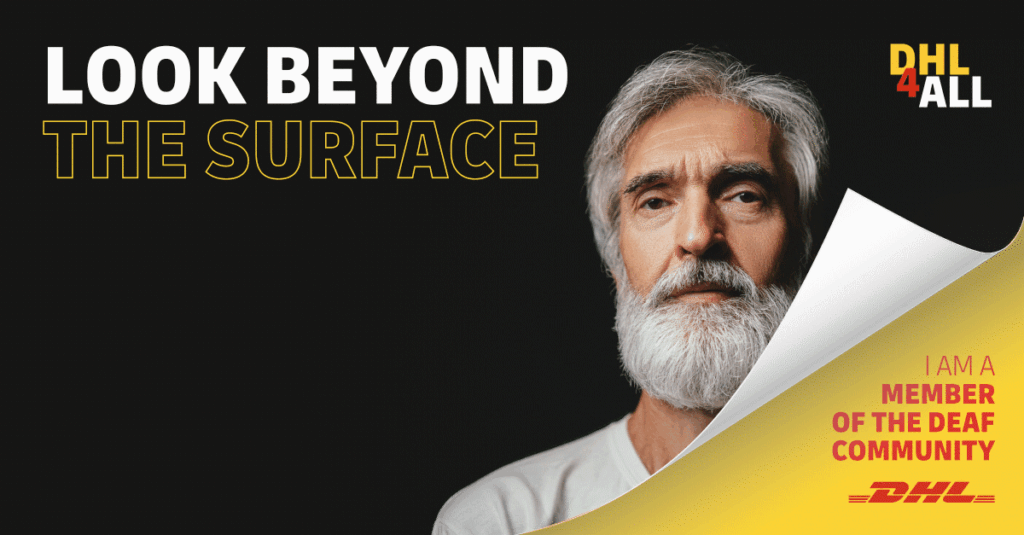Employee engagement: the rewards of diversity and inclusion

We’ve regularly talked about why employee engagement is so important to the success of any business, particularly as we all adapt to an ever-changing landscape. Engagement needs to come from every individual person in your workforce, which is why it’s so important for businesses to demonstrate an ongoing commitment to a diversity and inclusion agenda.
You may have quite mature and sophisticated plans, or you may only just be starting to tackle the challenges in your organisation, either way there’s more work to be done to create fully inclusive organisations.
Uncomfortable statistics in UK employment
For many businesses the starting point has been gender pay gap reports and increasing female representation in leadership roles. However, building a fairer, more equitable workforce goes far beyond sex discrimination.
Recent reports and studies show that there is still an alarming level of inequality in UK employment across characteristics such as sex, gender, sexual orientation, ethnicity, disability, religion, age, and socio-economic background.
- The latest ONS figures reveal that women are paid 90p for £1 earned by men.
- A 2019 study by the University of Oxford found applicants from minority ethnic backgrounds had to send 80% more applications to get a positive response from an employer than a white person of British origin.
- Higher than average redundancy rates among the over 50s see them 17% more likely to face redundancy than younger workers
- 40% of LGB+ employees and 55% of trans workers experienced conflict in the workplace over the last 12 months, compared to just 29% of heterosexual and cisgender employees.
Being inclusive is a win-win
Treating everyone fairly is not only essential for building a happy and engaged workforce, and the morally right thing to do, your business will to reap all the employee engagement and talent attraction benefits of being more diverse, inclusive and equitable. Workplace discrimination costs the UK economy up to £127 billion in lost output every year, broken down as:
- £123 billion gender discrimination
- £2.6 billion racial discrimination
- £2 billion sexual orientation discrimination
As well as greater profitability, diverse workforces are more creative and innovative, solve problems faster and are better at decision making.
What’s more, customers are increasingly likely to buy from brands that treat their workforce well, so aligning your values as an employer with your buyers’ beliefs will set you on the right path to building a better business for you, your employees, and your customers.
It’s important to remember that equity isn’t the same as equality. Although both promote fairness, equality achieves this through treating everyone the same regardless of need, while equity achieves this through treating people differently depending on need. Identifying what those needs are comes down to one key principle: listening to your workforce.

You can use your gender pay gap report to convey a commitment to diversity and inclusion
Communication, communication, communication
Giving under-represented groups a voice to be heard is critical – feedback needs to go beyond the annual staff survey, it should be an ongoing dialogue with your employees. Listening groups, forums and roadshows are all great ways to keep the lines of communication flowing.
A more collaborative approach will help to create a more positive dialogue and banish any negative language that often comes with a lack of understanding on inclusion.
Don’t be tempted to scale down internal communications during difficult times and equally don’t make empty promises about your planned activity – this will only result in your people switching off and can increase feelings of isolation in groups or individuals, particularly if they feel under-represented in your organisation.

See this project that celebrated PWD on the UN International Day of Persons with Disabilities.
Be honest about what your workforce looks like and how you can be proactive in increasing your diversity. If your workforce isn’t ethnically diverse you might want to consider how you can change your approach to recruitment to encourage applications from candidates from ethnic minority communities. Write a set of goals, communicate what they are and demonstrate how you’re working towards them.
A long-term commitment
Diversity and inclusion isn’t a short-term objective that you can tick off the list – it’s an ongoing commitment to ensuring that every individual in your workforce feels heard, respected and valued and has an equitable opportunity to fulfil their potential. In return, you’re widening your potential to discover and retain the very best talent for your business, gaining a competitive advantage.
We’ve had the honour of working with several organisations who have earned the coveted title of being a Great Place to Work, supporting their employee engagement and internal comms for the past two decades. If you need a helping hand with your diversity and inclusion strategy, talk to us about creating a tailor-made creative communications programme for your business.
